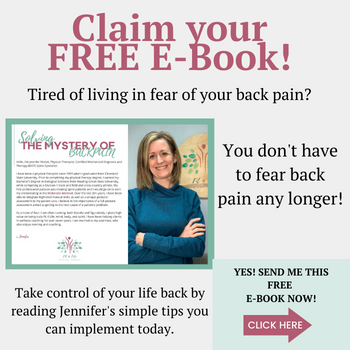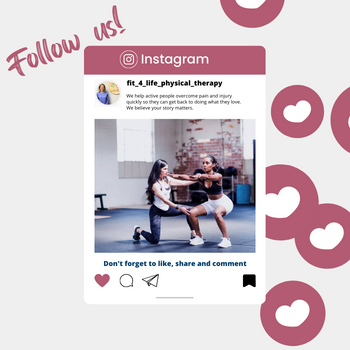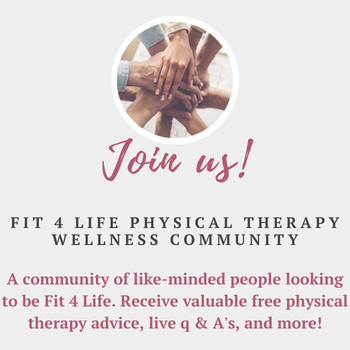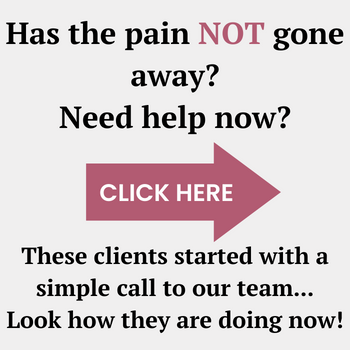If you caught our last blog on Common Injuries in Growing Athletes, you know we broke things down into three buckets: tendon, bone, and growth plate injuries. We talked about how those open growth plates—known as apophyses—can be 2–5 times weaker than surrounding structures during development, making them prime real estate for pain and injury in active youth.
This post is your follow-up deep dive: we’re getting specific about growth plate injuries in young runners and what you need to know for treatment and return to sport.
Quick Anatomy Refresher
The long bones of the body (think femur, tibia, fibula, metatarsals, humerus, radius) are divided into three parts:
-
Diaphysis – the shaft
-
Epiphysis – the rounded end
-
Apophysis – the growth plate at tendon attachment sites
When we’re talking about apophyseal injuries, we’re talking about that last one—the weakest link during periods of rapid growth.
Why Growth Plates Get Angry
Apophyseal injuries (or apophysitis) happen when there’s repetitive traction or loading at the tendon-bone junction during a growth spurt. This is super common in runners and multi-sport athletes who are training hard while their bones are growing faster than their soft tissue can adapt.
The result? A mismatch in tension and tissue tolerance—growth plates can’t keep up, and pain shows up.
Common Growth Plate Injuries in Runners
Here are a few you’ll see (or maybe already have seen in your athlete):
-
Sever’s Disease (heel pain): inflammation at the calcaneal apophysis, typically showing up in runners and jumpers.
-
Osgood-Schlatter Disease: inflammation at the tibial tuberosity where the patellar tendon inserts—classic for kids going through a growth spurt and running/playing field sports.
-
Sinding-Larsen-Johansson Syndrome: pain at the inferior pole of the patella—similar presentation, but higher up than OSD.
-
Iselin’s Disease: irritation at the base of the fifth metatarsal.
-
Iliac Crest Apophysitis: inflammation where the abdominal and hip flexor muscles attach—less common but still worth noting.
Symptoms That Point Toward a Growth Plate Injury
Differentiating these injuries from tendon pain or bone stress injuries is key. Here’s what we listen for in a good subjective history:
-
Local pain at the tendon-bone junction
-
Pain that may warm up with activity
-
Tenderness directly on the apophysis
-
Increased pain with ramp-ups in training volume or intensity
-
Pain during explosive activities (e.g., sprints, hills, jumps)
Bone stress injuries, on the other hand, usually don’t warm up and worsen with activity. And tendon pain typically shows a different irritation pattern with resisted movements and stretching.
How We Treat Growth Plate Injuries
Treatment for apophyseal injuries is not “one size fits all.” But here’s the basic framework we use in the clinic:
1. Unload
We don’t stop all activity unless we have to—but we do scale back the aggravating movements (hill running, jumping, sprinting). This can be 2–6 + weeks depending on severity.
2. Restore Mobility
Many of these athletes are tight—not by choice, but because bones grow faster than muscle and tendon can adapt. We use gentle mobility work to regain length and reduce strain on the growth plate.
3. Rebuild Strength
Once symptoms calm down, we shift focus toward progressive loading. This helps tissues adapt, and also sets the foundation for safe return to sport. Think glute/quad/hamstring strength, core control, and calf loading.
4. Retrain Running Mechanics (When Needed)
If biomechanical factors like overstriding or poor cadence are contributing to excessive load at a specific apophysis, we’ll make corrections here.
5. Education
Maybe most importantly: we talk through the why behind the injury. If athletes (and parents/coaches) understand how growth plates work, they’re more likely to respect the recovery timeline—and less likely to reinjure.
Return to Sport? Go Slow to Go Fast
When symptoms are under control, mobility and strength are back, and the athlete can complete impact activities (like skipping, hopping, stairs) pain-free—we start layering in running again.
We emphasize a slow return, often using a walk/run progression and sport-specific drills. If the athlete skips this phase, symptoms often come roaring back.
Final Thoughts
Growth plate injuries are frustrating—but also common, predictable, and very treatable with the right plan. The key is understanding the difference between tendon, bone, and apophysis injuries, and knowing how to tailor treatment to where the athlete is developmentally.
This blog is part of an series on injuries in young athletes. If you haven’t already, check out our first blog post and stay tuned for more breakdowns on treatment and return-to-sport strategies.






